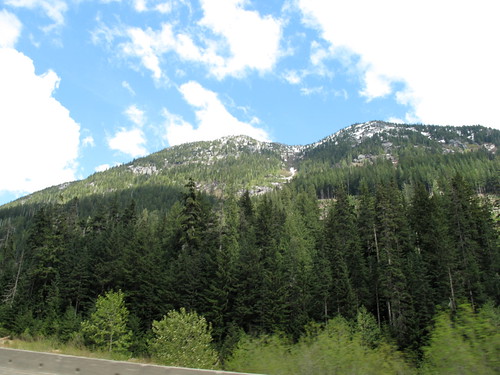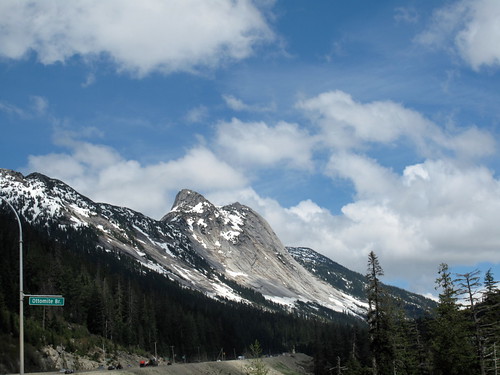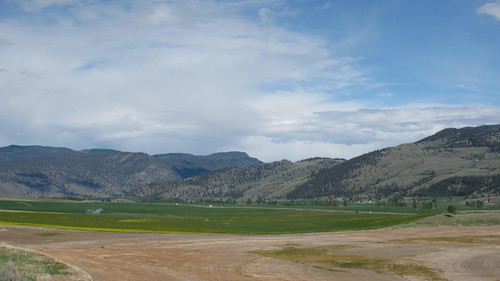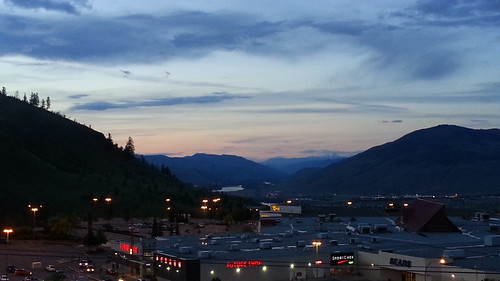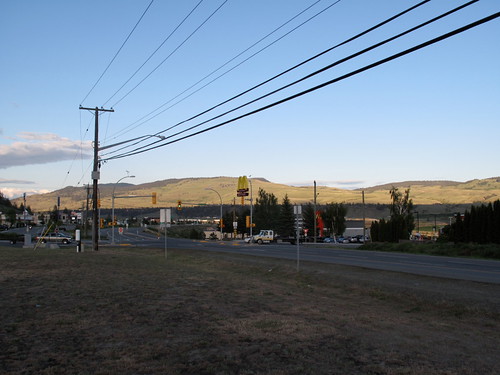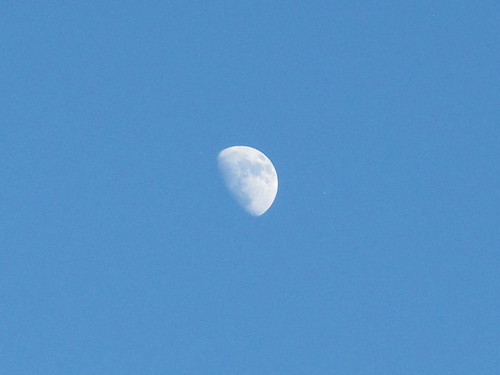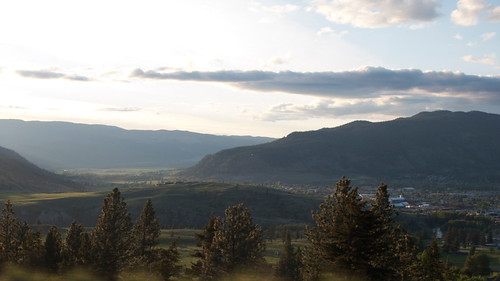No, this post isn’t about TARDISes, but about stories and the art of storytelling. Neil Gaiman wrote (in Sandman, I think) that everybody has worlds of stories in them, no matter how mundane and small they seem on the outside.
Theresa Lalonde: #story
Theresa Lalonde loves stories. Listening to other people’s struggles and how they’re navigating this difficult world, creates a sense of connection and gets her own creative juices going.
The real gift of a good storyteller is to respect the people whose stories you’re sharing. You have to make them feel that they’ve’ve been heard. Her motto is “Everybody else is more interesting than me”. Which sparked a bit of discussion—no, it shouldn’t be taken literally to mean you’re the least interesting person on the planet. A good storyteller has to be an interesting person, to properly reflect other people. But when you’re in storytelling mode, you’re not supposed to take centre stage yourself. Let other people be the stars.
There are stories everywhere, it’s just a question of watching out for them. Theresa told the of Fraserview Cemetery, where the paupers’ graves hold three people deep, and are recycled every 40 years. But the names are still there, and you can find out their stories.
(She might have told the story of one such pauper, but I don’t have it in my notes. The mention of cemetery names might have got me thinking about this amazing Vlogbrothers video, which led to this even more amazing video, and if that’s not the perfect illustration of Theresa’s point, I don’t know what is.)
She also dispensed some more practical advice: use the “zoom-in” factor, to focus on small details of a story thereby making it more immediate and personal. Also, need to overcome the fear of the blank canvas? Dirty it up, scrawl some doodles and/or nonsense words, that’ll dirty it up and get you ready for the real work.
Photowalk
Friday afternoon was the photowalk, hosted by Vivian McMaster. For some reason this was the first ever photowalk I’ve been on. I think last year the weather was too bad, and in previous years… I guess there were interesting talks going on at the same time.
Anyway, Vivienne took a bunch of us around Vanier Park, offering a few tips on thinking outside the box: trying different angles, different perspectives, wave your camera around and capture the motion blurs. I took a number of photos and I’ve decided to post them all, even the out-of-focus ones, even the repetitive ones, without any self-censorship. It’s liberating, and intriguing. There are actually some nice shots in there… And here they are.
Near the end a couple of us were chatting and I mentioned how I’m a very left-brain person, and how sometimes I doodle to work out my right brain. They suggested doodling with my off hand to really give my right hemisphere a workout. Sounds like a good idea!
Dave Olson: Vancouver: The Untold Stories
What can you say about DaveO that hasn’t already been said? He’s smart, hilarious, and insightful as hell. I won’t go into too much detail his talk because (a) I couldn’t do it justice, and (b) I wasn’t taking notes at all (more on that below). Partly it was about the roots of today’s social media in much older technologies (home-printed zines, CB radio—a recurring theme, he talked about that one in a previous NV), the history of Vancouver’s music scene (complete with tickets and posters), and tips on finding stories.
Basically: get out of your comfort zone, and find weird things. And you don’t even have to look that hard, either. The weirdness is all around, from a street in North Vancouver named after one of the Group of Seven who lived in Kits for a bit and kick-started Vancouver’s art scene, to anecdotes of bands playing in long-gone clubs, every block in the city is crammed with stories that just need a little digging.
DaveO did some of the work for us, too. He had a couple of large envelopes from which the audience could pick out cards with names to start from. I picked Frederick Varley (the aforementioned Group of Seven artist). I was a bit relieved, since it seemed easier than digging up dirt about old Gastown clubs and whatnot, but maybe not. Who knows what this’ll lead to?
One last point about the talk: at the start Dave invited a few audience members to come up on stage and handle some of the props (posters, records) while he sat in his comfy chair and babbled on. So I went up, sat by the fire and put a couple old records on.
A friend told me afterwards that I was brave for going on stage. Brave? Maybe, I don’t know. I’m not usually one for the spotlight and yes, there was a little part of me that hesitated, but I made the leap without trying too hard. I guess bravery is in the eye of the beholder. Going up to talk to a cute guy? Really hard. Being on stage in front of a few hundred people, at least when I’m not the centre of attention? Apparently not that hard. Go figure.

